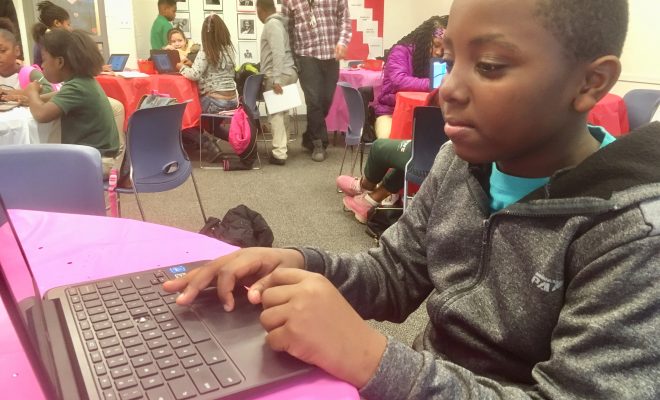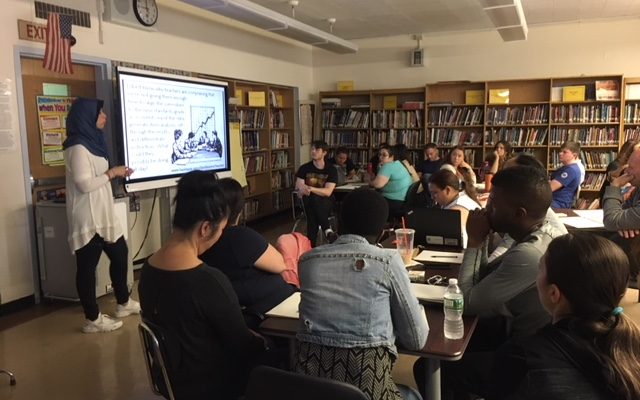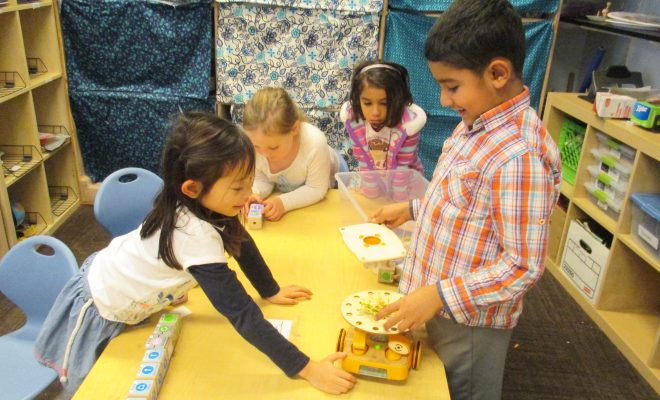10 Amazing Lesson Planning Apps and Tools for Teachers

Creating and writing lesson plans are activities common to basic teacher education courses. Before entering a classroom, young educators are taught how to meticulously plan their time for the benefit of their students.
The most obvious way that teachers avoid the traditional lesson planning concept is by finding ideas, or even entire plans, online. This shortcut can be as simple as finding an in-class activity idea on Pinterest or as complex as downloading a grading period’s worth of grade-appropriate lessons. Critics of this type of planning cite ethical issues, saying that a teachers’ lesson plans should always be original. Creating these plans is simply part of the job and should never be outsourced.
Even if teachers spend just a few hours per week on lesson plans, that is a few hours that educators could feasibly be doing something else. The internet has made so many other professions more efficient – shouldn’t teaching benefit too? We agree. To help teachers be more productive and spend less time developing plans, we decided to do the heavy lifting for them. We created a list of 10 the best lesson planning tools and apps for teachers.
This was originally a list of 10, but 2 had to be retired, as they are no longer available.
1. BetterLesson
Peerless Common Core-aligned lessons for educators who are serious about their craft.
Amazing lesson planning that is aligned with Common Core and promotes collaboration.
Free lesson planning resources for teachers of the language arts and reading.
4. ReadWorks
A teacher’s resource for reading-comprehension resources.
5. LearnZillion
Well-designed Common Core-aligned lessons.
Research-based site makes it easy to differentiate instruction and readings.
Educators can make multimedia lessons with engaging but not-so-interactive style.
8. Teachers.io
A wonderful management tool that helps teachers plan communicate with students.
Did we miss anything? If so, tell us in the comments below.






